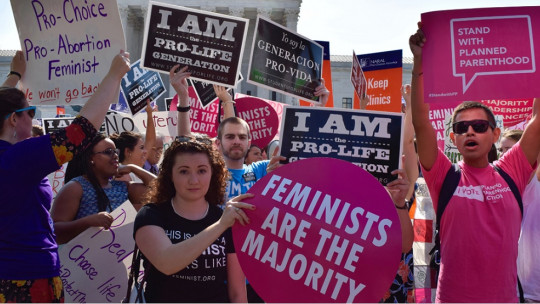
Throughout history, we have seen how the prevailing ideology in different cultures, societies and times has varied enormously. However, we know that most people have beliefs that tend to be in line with those of the majority. The great ideological changes have been driven by ideas that have emerged from a few people and that over time have been accepted by many other fellow citizens.
Although initially the great discoveries and advances were viewed with fear or even disgust, in the end many of them have achieved social acceptance and have become the norm. Examples of this are found in the belief in the equality of races, creeds, sexes and sexual orientations, or the consideration that the Earth was round and that it was not the center of the Universe. These changes are due to someone thinking and defending ideas not shared by the majority until they finally spread throughout the population. We are talking about the expansion of ideas
What does an idea need to expand?
The expansion of ideas that begin to be supported by very few people to eventually end up being the majority current of thought It is largely linked to the influence of minorities.
Generally, the majority of the population tends to seek and maintain criteria and beliefs in line with what society and the community usually dictate. The ascription to these beliefs is relatively simple, taking into account that the environment and the sense of belonging make it easier for the majority ideas to be absorbed by the population.
But minority or innovative ideas do not have it so easy to make their way especially when there is already a pre-existing view of the same issue followed by a majority.
For a minority idea to eventually spread, it usually requires first that the idea in question be perceived as consistent. That is to say, although there may be differences over time, these differences follow an identifiable baseline that does not change.
It is about maintaining coherence, both intrapersonally and interpersonally (that is to say, that the base idea is the same for the person themselves over time and that it is also the same for the different people who defend it). This coherence must be maintained even despite the existence of pressures (whether explicit or implicit) or social disapproval of the majority, which nevertheless ends up focusing on said persistence.
Another element to take into account is the fact that the expansion of ideas occurs not only among people who belong to the same minority group, but also that they reach and are accepted by some exponents of the majority. This is important so that other people who are part of the same ideological current notice the new idea as something that has been acceptable to someone who belongs to the same group with which they identify. They would thus serve as an example so that the expansion of the idea in question can occur.
The process of ideological contagion
The minority idea is not immediately accepted: the majority at first ignores it or even despises it But little by little we become aware of it, of its consistency over time, and some people begin to sympathize with the ideology in question. Little by little, some of the members of the majority begin to consider the idea as something positive, and in some cases they come to share it.
At the same time, said “conversion” is perceived by the rest of the majority group as something viable and it begins to be seen that the idea is not just about “the different”, but something that can be embraced by others. And as it is shared more and more, it ends up reaching a significant number of the population, which in turn will generate greater and greater social acceptance. In the end, the idea that was initially considered strange may become the majority.
The inflection point
It is considered that there is a turning point from which an idea that is initially a minority begins to be observed and expand at great speed. Some studies identify this point as arriving when the idea or ideology in question It expands until it reaches around 10% of a population Although until then the idea has been expanding, it is from this point on that it begins to gain a great social echo and reaches levels of expansion that can become the majority.
Examples
Clear examples of the expansion of ideas can be seen in the introduction of this article. The rights of blacks, women and homosexuals They were aspects that in their beginnings were considered aberrant and ridiculous, and yet today (although those who oppose them still persist in some social sectors) are elements that are integrated or in the process of integration in most of society. .
For example, two centuries ago to think that a woman could vote, that black people had the same rights as white people or that someone who felt sexual inclination towards people of the same sex deserved and could love whoever they wanted was unthinkable, but today what is strange to most is the opposite.
Also multiple scientific advances, such as the performance of surgeries that involve opening the body and manipulating internal organs (something unthinkable and criminalized in other times), the importance of hygiene or much more recent elements such as research with stem cells have undergone changes of this type. Even cultures and religions (for example, Christianity was persecuted for centuries by the Roman Empire until it became the predominant religion of that empire) have developed in the same way. Social movements, such as the recent Arab Spring have also followed the same principle.
However, the truth is that good and positive ideas have not always spread for human beings in general. Ideologies such as Nazism or fascism in general have also emerged and expanded in the same way.








